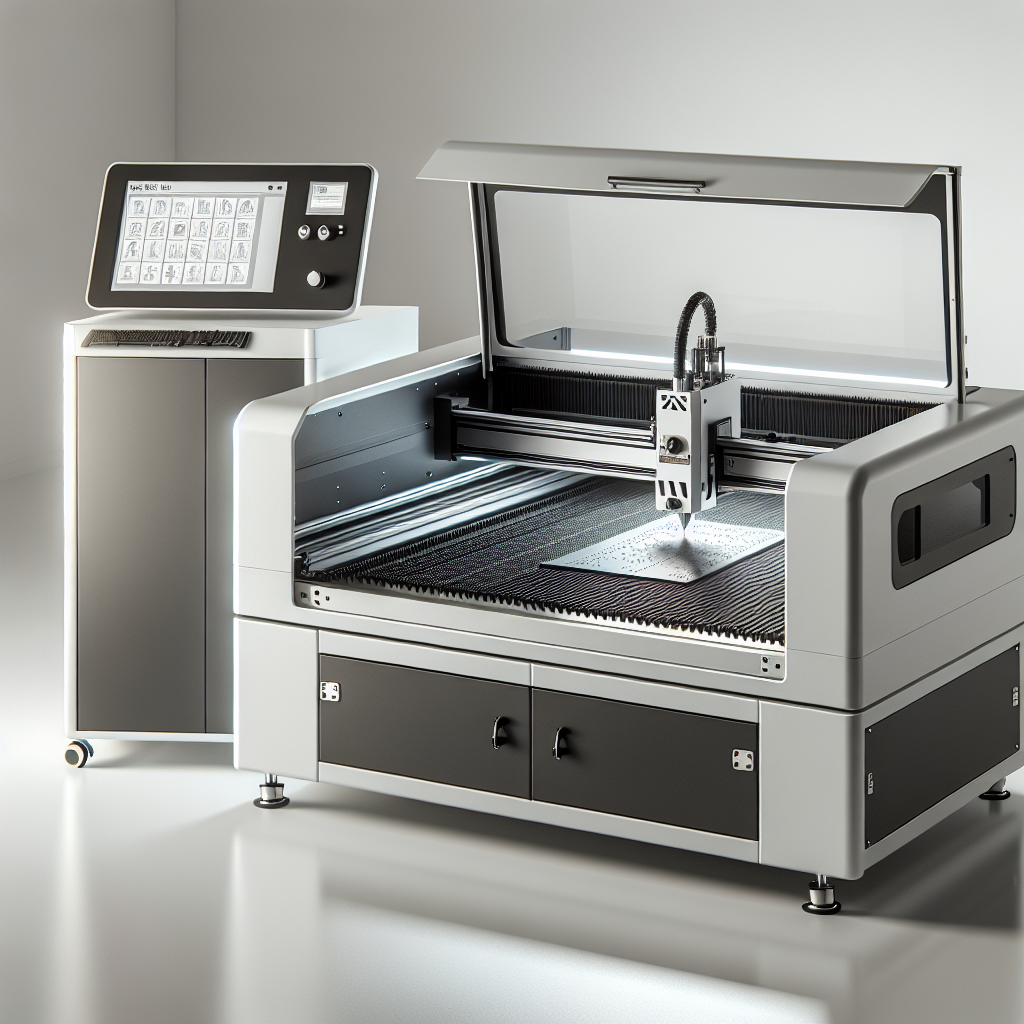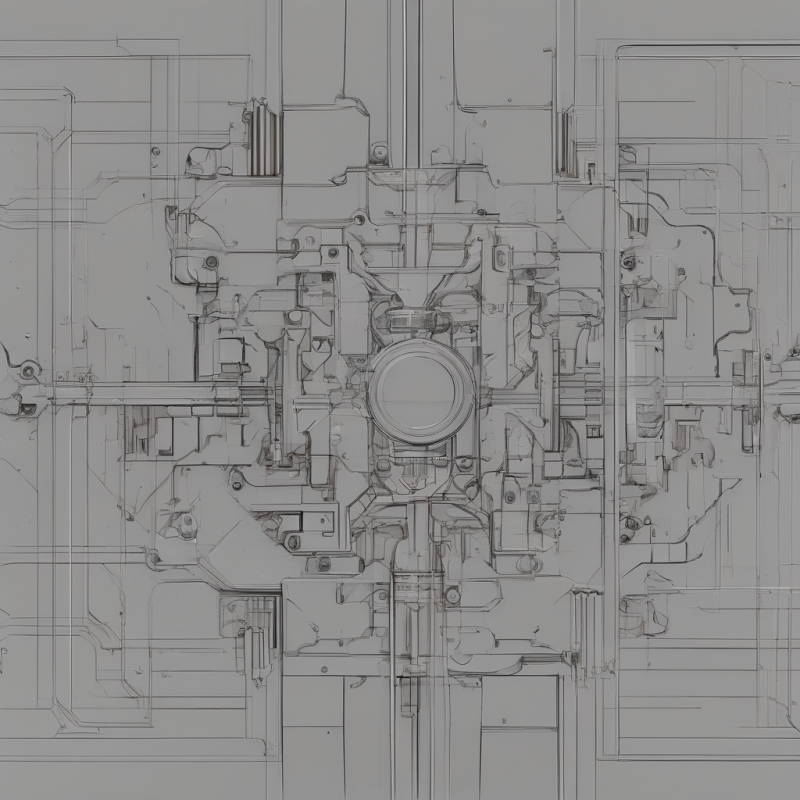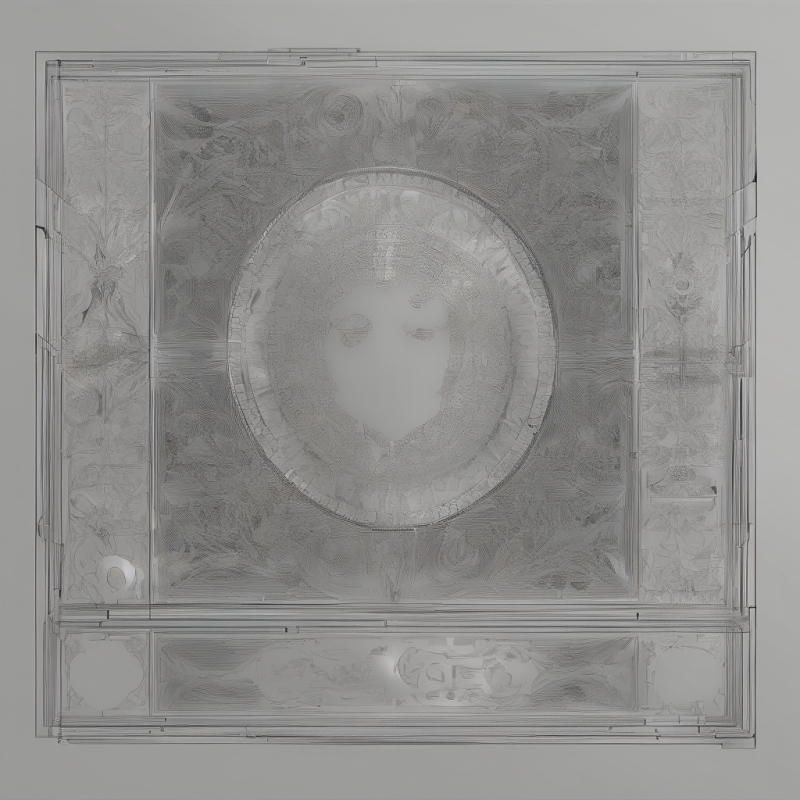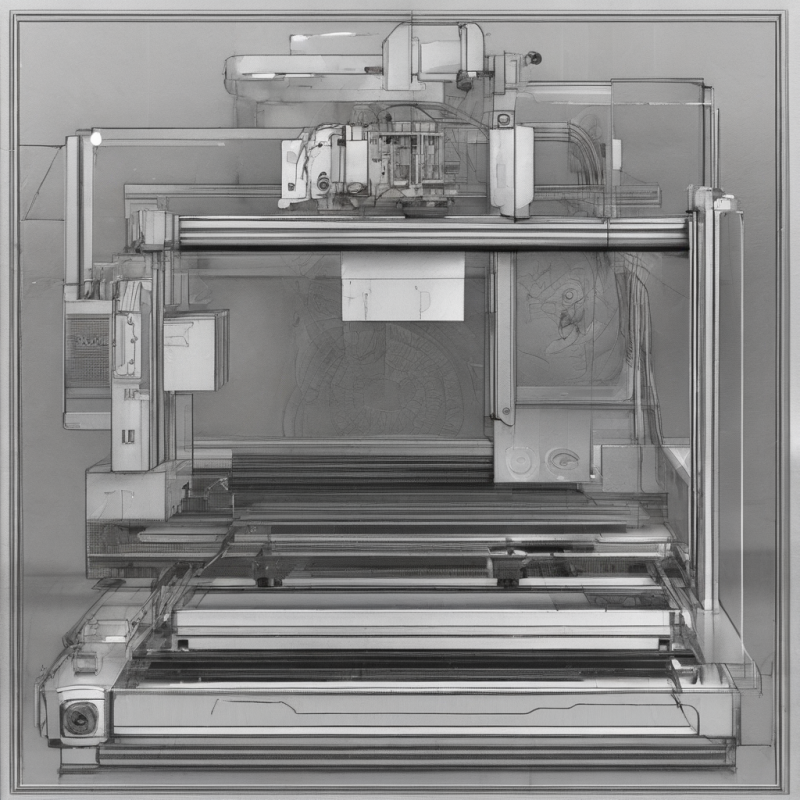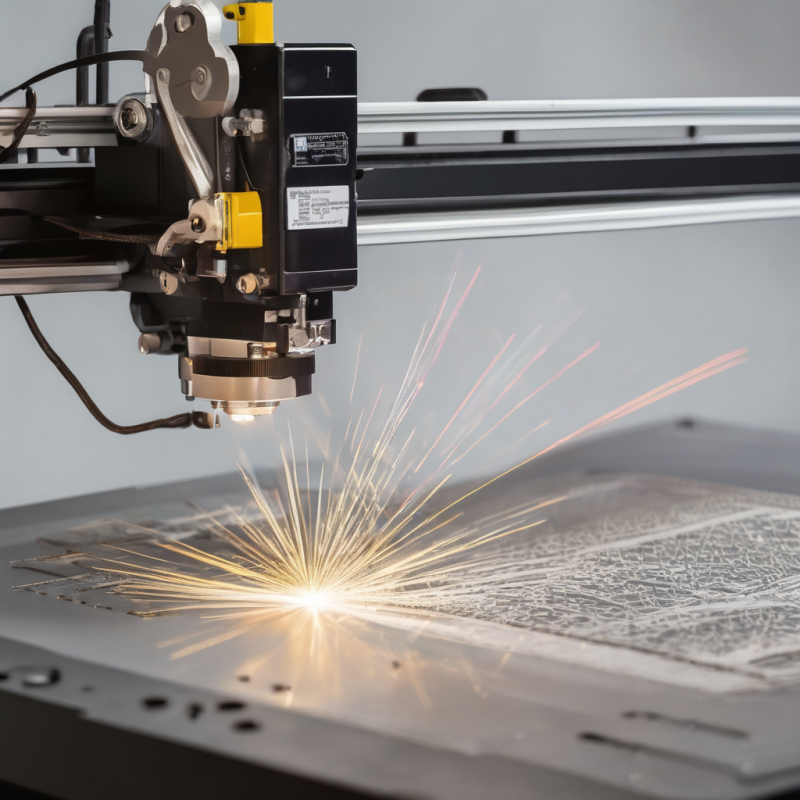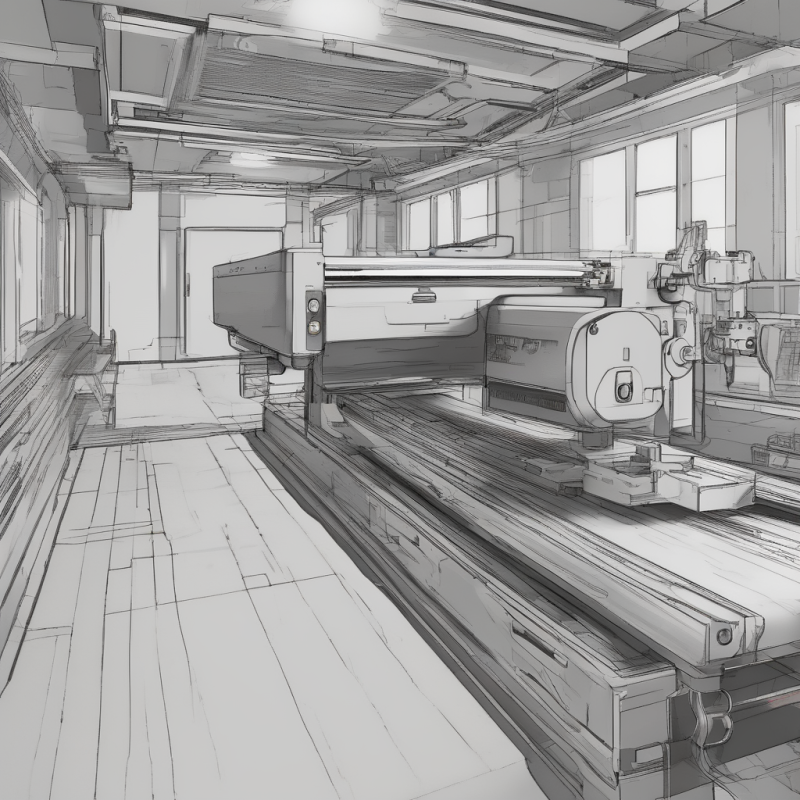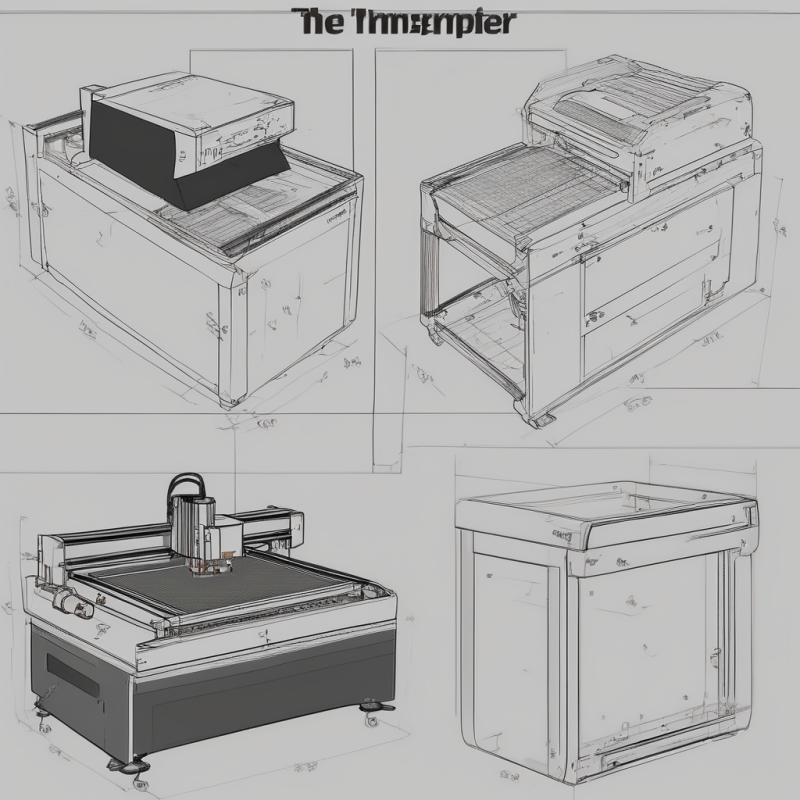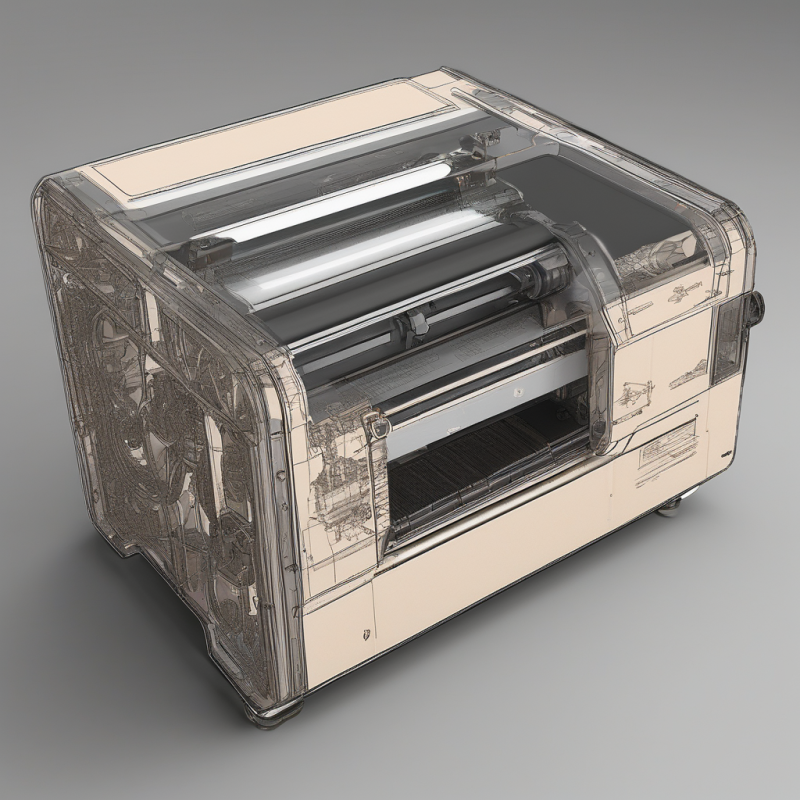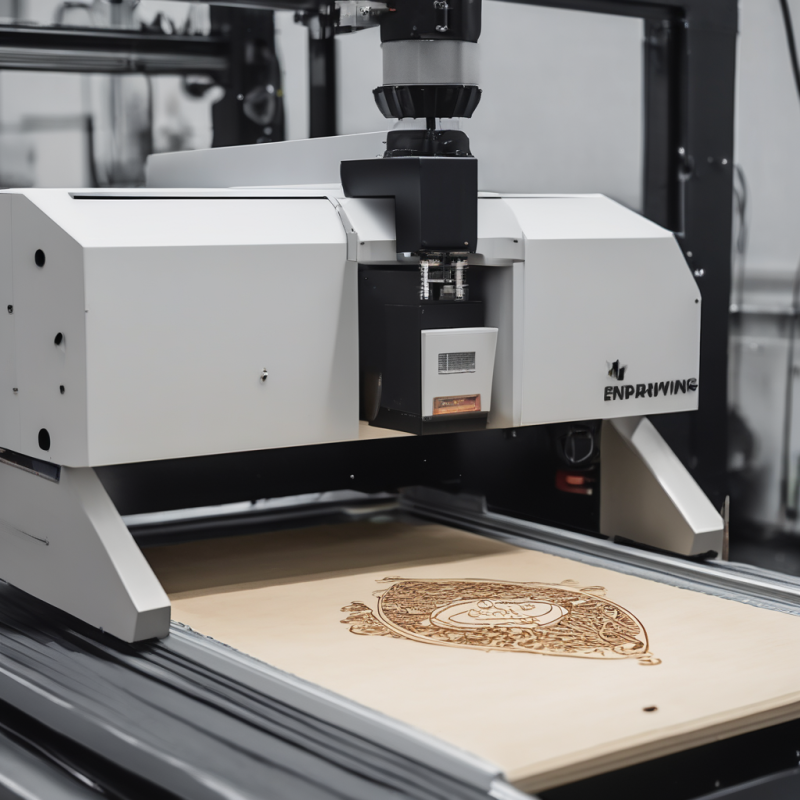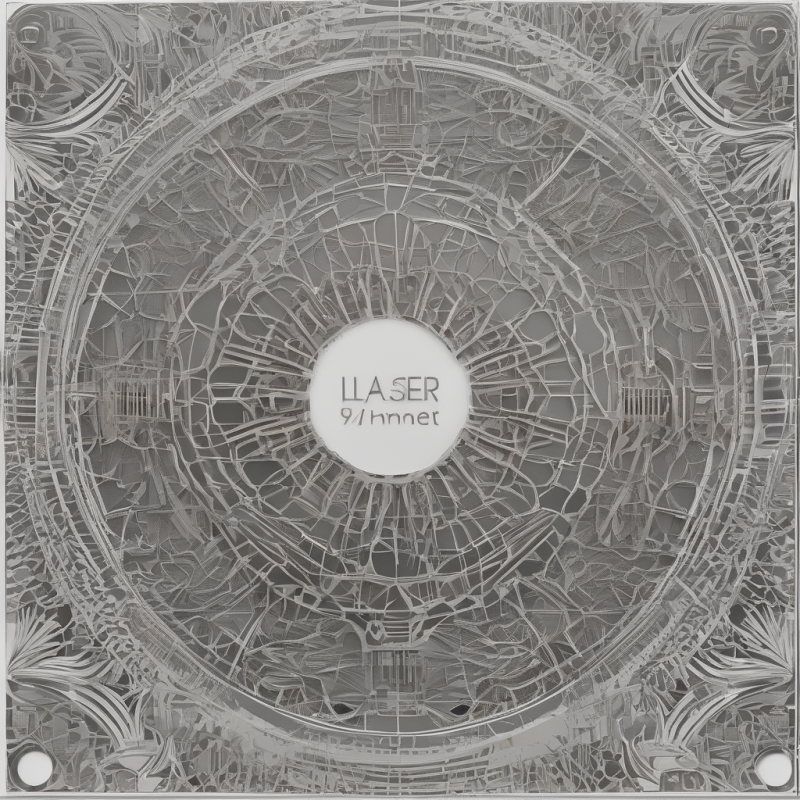Exploring Laser Engraver Materials: A Comprehensive Guide
Laser engraving has become a versatile tool for artists, craftsmen, and industries alike. Whether you’re working on custom designs, creating signage, or producing intricate patterns, the choice of laser engraver materials plays a critical role in achieving professional-quality results. The right material ensures precision, durability, and aesthetic appeal, while the wrong one can lead to subpar outcomes or even damage your equipment. In this article, we’ll explore the various laser engraver materials available and how to choose the best one for your project.
Understanding Laser Engraving Materials
Laser engraving works by focusing a high-powered laser beam onto a material, creating precise and permanent markings. The type of material you use significantly impacts the quality of the engraving. For instance, some materials are easier to engrave than others, while others may require specific settings or precautions. Before diving into your next project, it’s essential to understand the characteristics of different laser engraver materials.
- Acrylic: Acrylic is a popular choice for laser engraving due to its smooth finish and vibrant color options. It’s lightweight and durable, making it ideal for signs, awards, and decorative items.
- Wood: Wood offers a natural and elegant look, perfect for custom furniture, cutting boards, or artistic designs. However, different types of wood respond differently to laser engraving, so testing is often necessary.
- Leather: Laser-engraved leather is sought after for its sophistication. It’s commonly used in making wallets, belts, and personalized accessories.
- Plastic: Various plastics, such as PETG or polycarbonate, are suitable for laser engraving. They’re often used in manufacturing and prototyping due to their flexibility and durability.
- Glass: Glass can be engraved with a laser to create intricate designs, making it perfect for decorative items like vases or tableware. However, it requires careful handling to avoid cracking.
The key is to select a material that aligns with your project’s requirements and the capabilities of your laser engraver materials. Always test on a small piece before committing to a full project.
Advantages and Limitations of Laser Engraving Materials
Each material has its unique benefits and drawbacks. For example, acrylic is easy to engrave but may not withstand outdoor conditions as well as other materials. Wood offers a rustic charm but can be challenging to maintain over time. Here are some general pros and cons:
Advantages:
- Wide range of colors and textures available.
- Non-toxic and safe for most applications.
- High precision and detail in engravings.
Limitations:
- Sensitive to laser settings; improper power levels can damage the material or produce poor results.
- Certain materials may require additional finishing, such as staining or coating, to enhance durability.
- Cost varies depending on the type and quality of the material.
Before starting your project, consider these factors to ensure you choose the best laser engraver materials for your needs.
Common Applications of Laser Engraving Materials
Laser engraving is used in various industries and creative fields. Here are some common applications:
- Signage and: Acrylic and metal are popular for creating professional-grade signs due to their durability and visibility.
- Furniture and Home Décor: Wood and leather are frequently used in custom furniture and home accessories, adding a touch of elegance and personalization.
- Jewelry Making: Precious metals like gold and silver can be laser-engraved to create intricate designs and personalized pieces.
- Prototyping and Manufacturing: Plastics and composites are ideal for producing prototypes or parts in industries such as automotive, aerospace, and electronics.
By selecting the right material, you can enhance the functionality and aesthetic appeal of your projects. For example, using glass for decorative items ensures a timeless look, while metal provides durability for industrial applications.
Tips for Working with Laser Engraving Materials
To achieve the best results when working with laser engraver materials, consider these tips:
- Preparation is key: Clean and dry your material before engraving to ensure optimal adhesion of ink or laser marking. For wood, sanding the surface can improve the quality of the engraving.
- Test first: Always perform a test run on a scrap piece of material to adjust settings like power, speed, and focus distance. This helps prevent mistakes and ensures consistent results.
- Use protective gear: Laser engraving produces fumes and debris, so wear safety goggles, gloves, and a mask to protect yourself.
- Maintain your equipment: Regularly clean and calibrate your laser engraver to ensure it operates at peak performance and produces high-quality engravings.
By following these guidelines, you can maximize the potential of your laser engraver materials and create stunning, long-lasting projects.
Frequently Asked Questions About Laser Engraving Materials
If you’re new to laser engraving, here are answers to some common questions:
Q: Can I use any material for laser engraving?
No. Not all materials are suitable for laser engraving. Some may emit harmful fumes or fail to produce clear markings. Always check the compatibility of a material with your laser machine before use.
Q: How do I clean laser-engraved materials?
Cleaning depends on the material. For acrylic, a soft cloth and mild soap work well. Wood can be wiped with a damp cloth or lightly sanded for a smoother finish. Avoid using abrasive cleaners that may damage the surface.
Q: Can I engrave metal with a laser?
Yes, but it requires a higher-powered laser and specialized settings. Metals like stainless steel, aluminum, and titanium are commonly engraved for industrial or decorative purposes.
Q: Where can I buy quality laser engraver materials?
You can find a wide range of materials online or at local craft stores. Ensure you purchase from reputable suppliers to guarantee quality and compatibility with your equipment.
Conclusion
Selecting the right laser engraver materials is crucial for achieving professional results in your projects. Whether you’re creating signs, jewelry, or home décor, understanding the properties and requirements of different materials will help you make informed decisions. By testing, preparing, and maintaining your equipment, you can unlock the full potential of laser engraving and bring your creative visions to life. Happy crafting!

